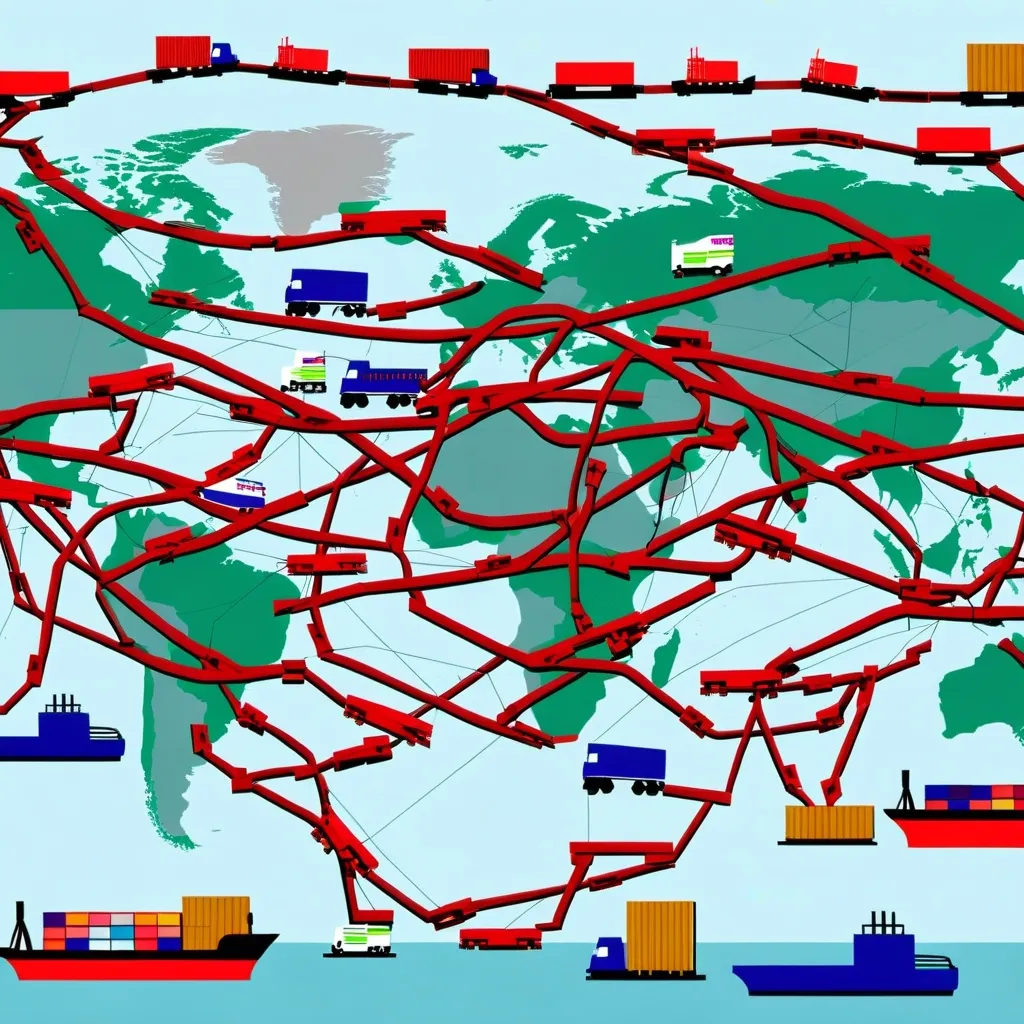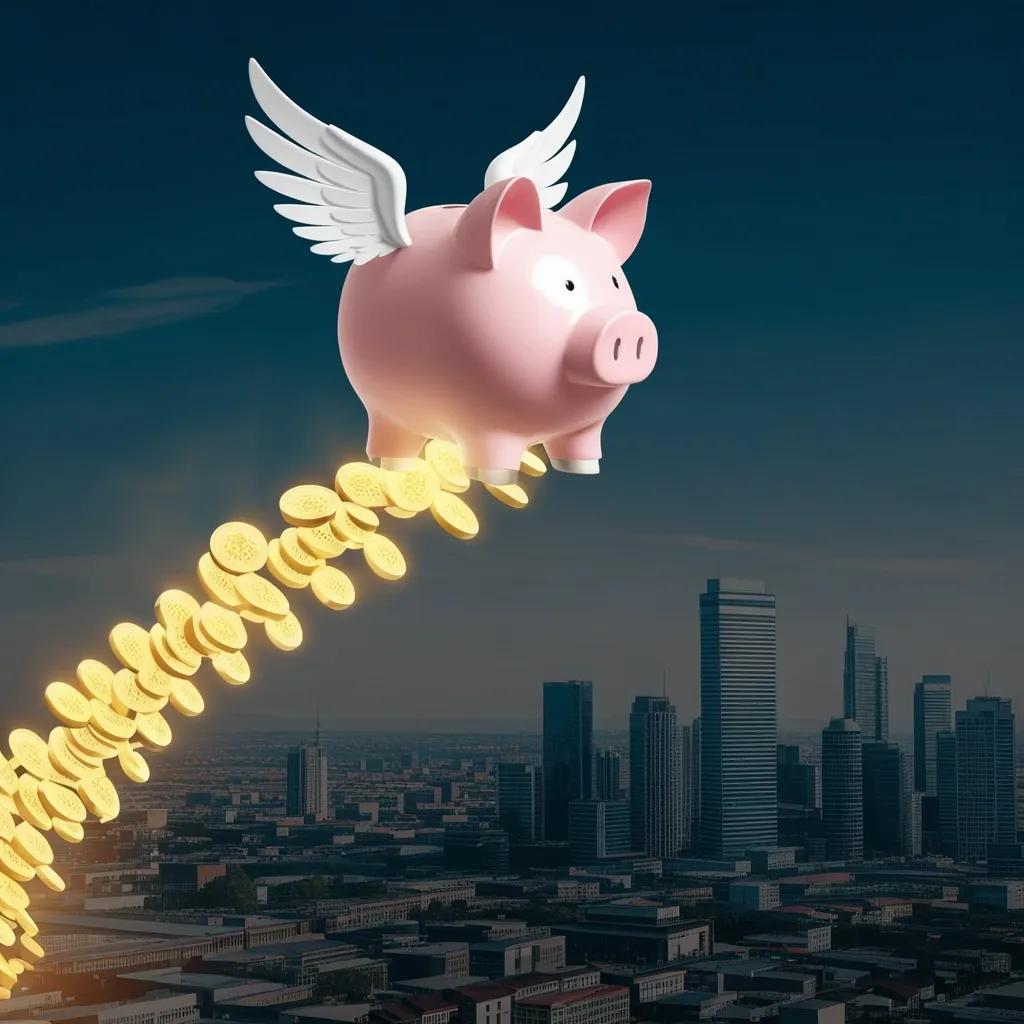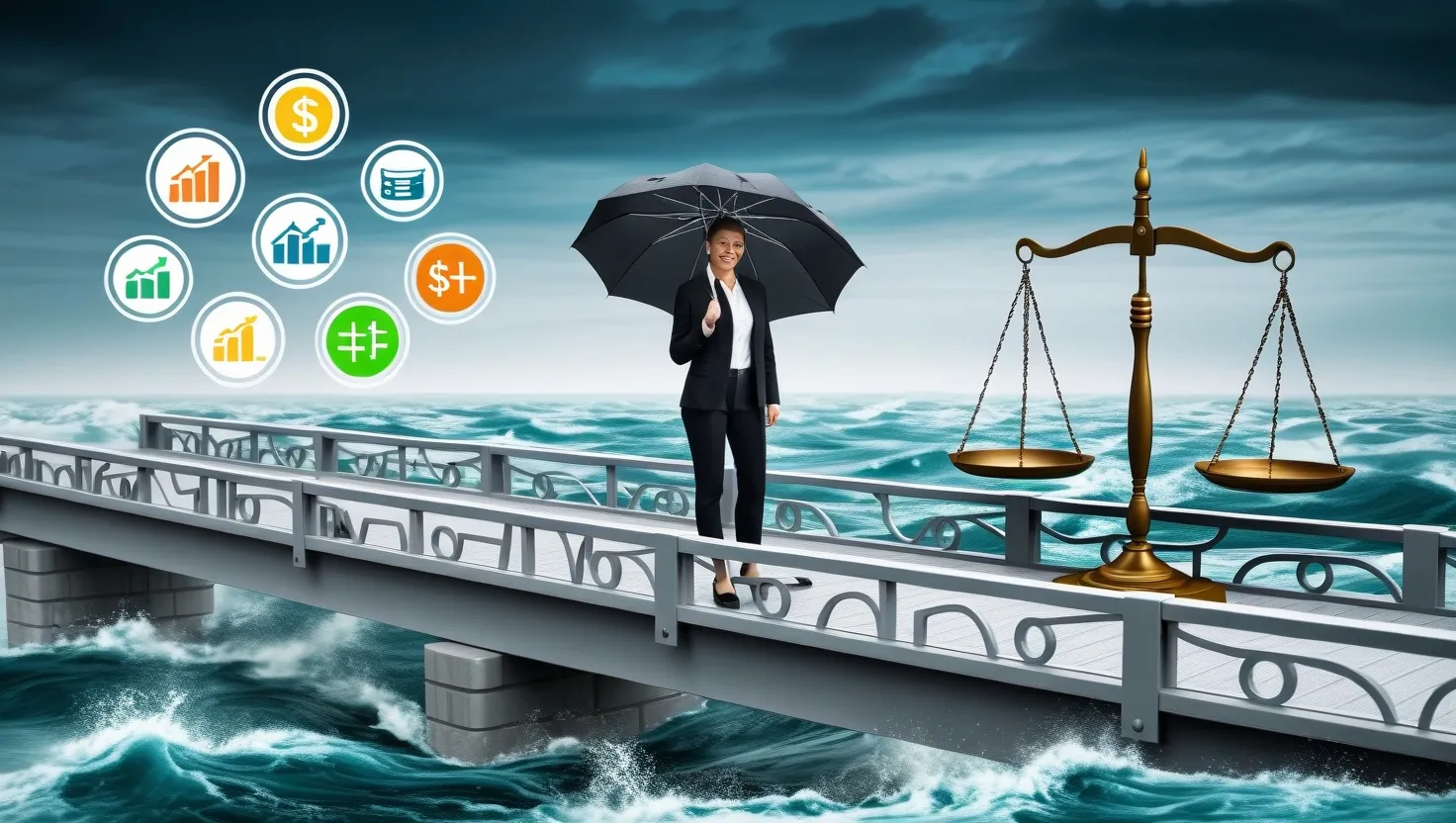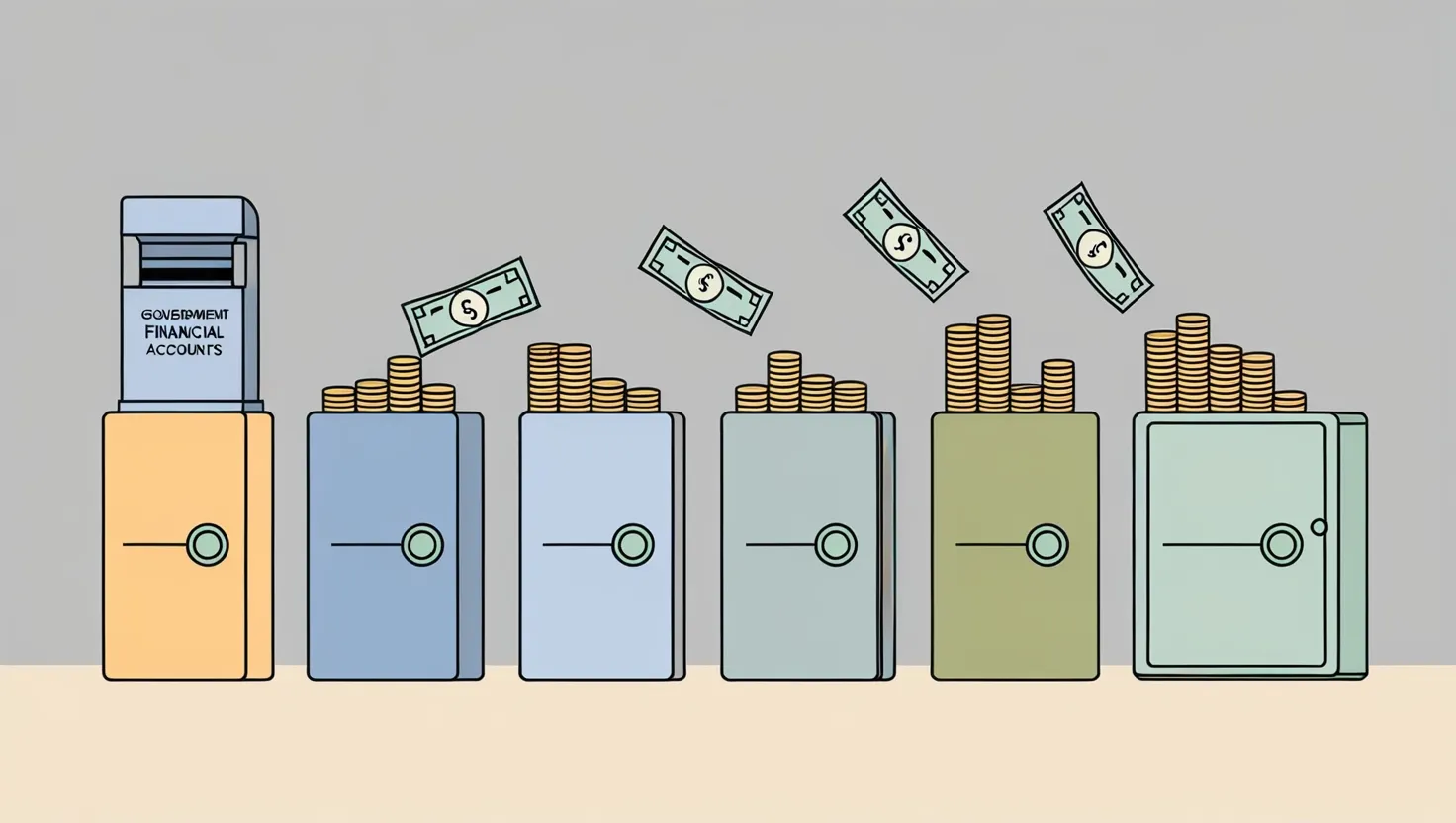Supply Chain Disruptions: The Hidden Culprit Behind Rising Prices
Ever wondered why that new TV you’ve been eyeing suddenly costs more than you expected? Or why your favorite snacks seem pricier than usual? The answer might lie in something you can’t see but affects almost everything you buy: supply chain disruptions.
Let’s dive into this invisible force that’s shaking up our wallets and the global economy. Trust me, it’s more interesting (and important) than it sounds!
The Pandemic Curveball
Remember when COVID-19 hit, and the world seemed to stop? Well, it didn’t just mess with our social lives; it threw a massive wrench into the global supply chain. At first, demand for stuff dropped as we all hunkered down at home. But then, as restrictions eased, everyone wanted to buy things again – and boy, did they want to buy!
The problem? Supply chains couldn’t keep up. It’s like when you turn on a garden hose that’s been kinked – the water doesn’t flow smoothly right away. This mismatch between what people wanted and what businesses could deliver? That’s where inflation started to creep in.
Ports, Ships, and Waiting Games
Picture this: massive container ships, loaded with everything from toys to televisions, stuck waiting outside ports for days. Before the pandemic, these ships would zip in and out of ports in a few hours. During the height of the disruptions, they were twiddling their thumbs (do ships have thumbs?) for days on end.
This wasn’t just a minor inconvenience. These delays rippled through the entire supply chain, making everything more expensive. It’s like when you’re late for one appointment, and suddenly your whole day is thrown off – except this was happening on a global scale.
Measuring the Mess
So how bad was it? Pretty bad. Smart folks with fancy computers tracked ship movements and found that at the peak of the chaos in mid-2021, about 37% of ships were stuck in traffic jams at ports. That’s more than one in three ships just… waiting.
By mid-2023, things had mostly returned to normal, but the effects were still being felt. It’s like when you stub your toe – the initial pain fades, but you still feel it for a while after.
The Domino Effect on Prices
When supply chains get tangled, it’s not just about waiting longer for your online orders. It makes everything more expensive to produce and transport. Businesses struggle to keep their shelves stocked, and when things are scarce, prices go up.
In the U.S., these supply chain hiccups were the main reason inflation shot up in 2021 and 2022. They were responsible for about 60% of the price increases we saw. That’s huge!
It’s not just about the immediate cost of goods, either. When people start expecting prices to keep rising, it can become a self-fulfilling prophecy. It’s like when everyone rushes to buy toilet paper because they think it’ll run out – that very action makes it more likely to happen.
A Global Headache
This wasn’t just an American problem. In Europe, supply chain pressures were the biggest factor pushing up prices in 2022. The effects lasted for about two years after the initial shock. Why so long? Well, changing supply chains is like trying to turn a massive ship – it takes time and a lot of effort.
Even as things started to improve, the impact was still felt well into 2023. It’s a bit like having a cold – you might feel better, but you’re still not 100% for a while.
How It All Connects
Supply chain disruptions affect prices in a few key ways:
-
Direct cost increases: When it’s harder to make and move stuff, it costs more. Simple as that.
-
Expectations game: When people expect prices to go up, they often do. It’s a bit of a self-fulfilling prophecy.
-
Ripple effects: Even if you’re not buying imported goods, the effects can spread to services and locally produced items too.
What Can Be Done?
For the big-wigs making economic policies, this is a tricky situation. The usual playbook for handling price shocks doesn’t quite fit here. They have to balance keeping inflation in check without making things worse for the economy.
Sometimes, they might need to get aggressive with policies to fight inflation. Other times, a gentler touch might work better. It’s like trying to walk a tightrope while juggling – not easy!
What About Us Regular Folks?
So, what does all this mean for you and me? Well, it might explain why that new gadget or car you want is pricier than you expected. But don’t worry, there are ways to deal with it:
-
Think ahead: If you know you’ll need something soon, consider buying it earlier to avoid potential price hikes.
-
Shop around: Look for different brands or stores. Sometimes, smaller or local places might have better prices.
-
Budget wisely: Keep an eye on your spending. You might need to adjust where your money goes if prices keep climbing.
The Big Picture
Supply chain disruptions are like the invisible strings pulling on prices worldwide. They’re complex and far-reaching, affecting everything from the cost of your morning coffee to the price of a new car.
For policymakers, it’s a delicate balancing act. They need to keep inflation in check without putting too much strain on the economy. It’s like trying to steer a massive ship through choppy waters – it takes skill, patience, and a bit of luck.
For us everyday folks, it’s about being smart and adaptable. Keep an eye on prices, plan ahead when you can, and be ready to adjust your spending habits if needed.
In the end, understanding these global economic forces helps us make better decisions. Whether you’re shopping for groceries or planning a big purchase, knowing why prices are changing can help you navigate the economic waters more smoothly.
Remember, the global economy is all connected. What happens in a port halfway around the world can affect the price of your next smartphone. It’s a complex system, but by staying informed and flexible, we can all weather the storm a bit better.
So next time you see a price tag that makes you raise an eyebrow, think about the journey that product took to get there. It might have been quite an adventure – and that adventure is reflected in the price you see.
Stay savvy, shop smart, and remember – in the world of global economics, we’re all in this together. Whether you’re a CEO making big decisions or just someone trying to stick to a budget, understanding these forces can help you navigate the economic seas a little more smoothly.






